St. Bees Head
St. Bees Head is the only heritage coast between Anglesey and the Scottish border. The red sandstone fissured cliffs are dramatic, soaring to 300 feet high and dropping steeply into the sea, on a clear day, they offer superb views north to Scotland and west across to the Isle of Man. St. Bees marks the westernmost point of Cumbria and is the official start of the Coast to Coast Long Distance Walk.
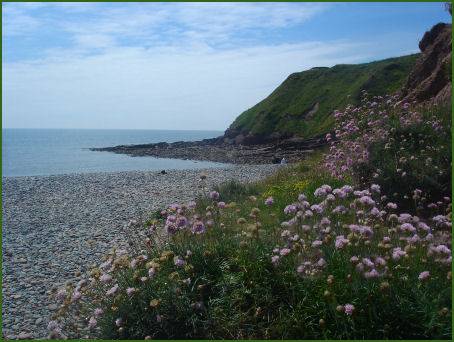
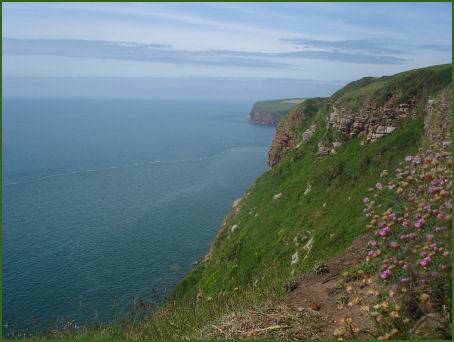
The area derives its name from a diminutive of St. Bega, a 7th century Irish princess who founded a priory there in around 650 A.D. She was reputed to have crossed the Irish Sea to escape the unwanted attentions of a Norwegian prince.
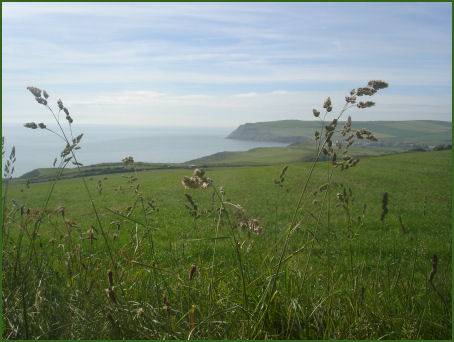
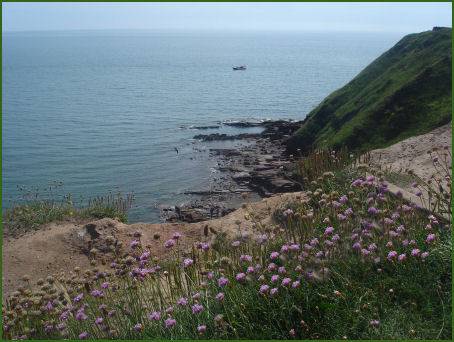
A marked trail traverses the cliffs from Whitehaven to the beach at St. Bees. The cliffs are home to one of the largest cliff seabird colonies in England There is an RSPB nature reserve, which provides several viewing stations for observing nesting colonies of puffins, razorbills and the only British colony of black guillemots. Kittiwakes, gannets, and skuas can also be observed. The cliffs are wash with an array of colourful wildflowers in the spring and early summer months. Visitors should keep to the footpath as the cliffs drop sheer into the sea. The cliffs around St Bees Head were once considered extremely dangerous to shipping and the round lighthouse was manned until 1987. The lighthouse can be reached by the road from Sandwith.
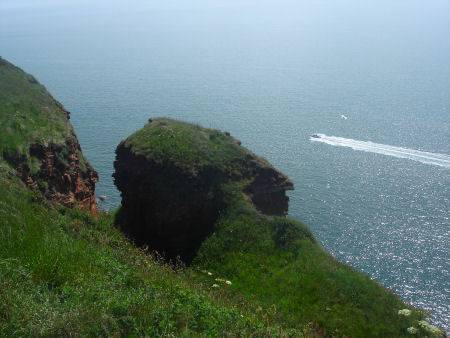
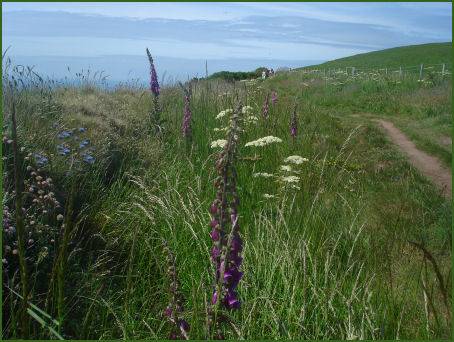
The beach at St. Bees lies half a mile from the village of the same name and is a favourite with tourists. It is flanked with hotels and guest houses. A sea wall, constructed to prevent the erosion caused by high tides, ends at the popular bathing pool.
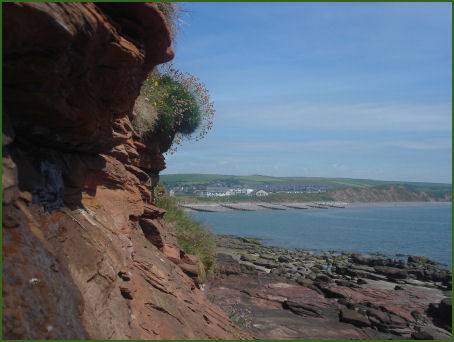
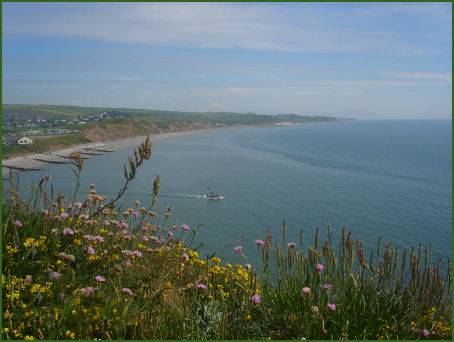
St. Bees Priory Priory, founded by the Irish St. Bega was destroyed by raiding Vikings in the 7th century, but was refounded by the Normans in 1129. All that remains today of the Norman priory is the church of St. Mary and St. Bega, which is still in use as the parish church. Inside there are monuments to Norsemen, Normans and medieval knights. St. Bees Grammar School which stands adjacent to the church was founded in 1583 by Edmund Grindal, Archbishop of Canterbury under a charter granted by Elizabeth I. The quadrangle bears his arms.
